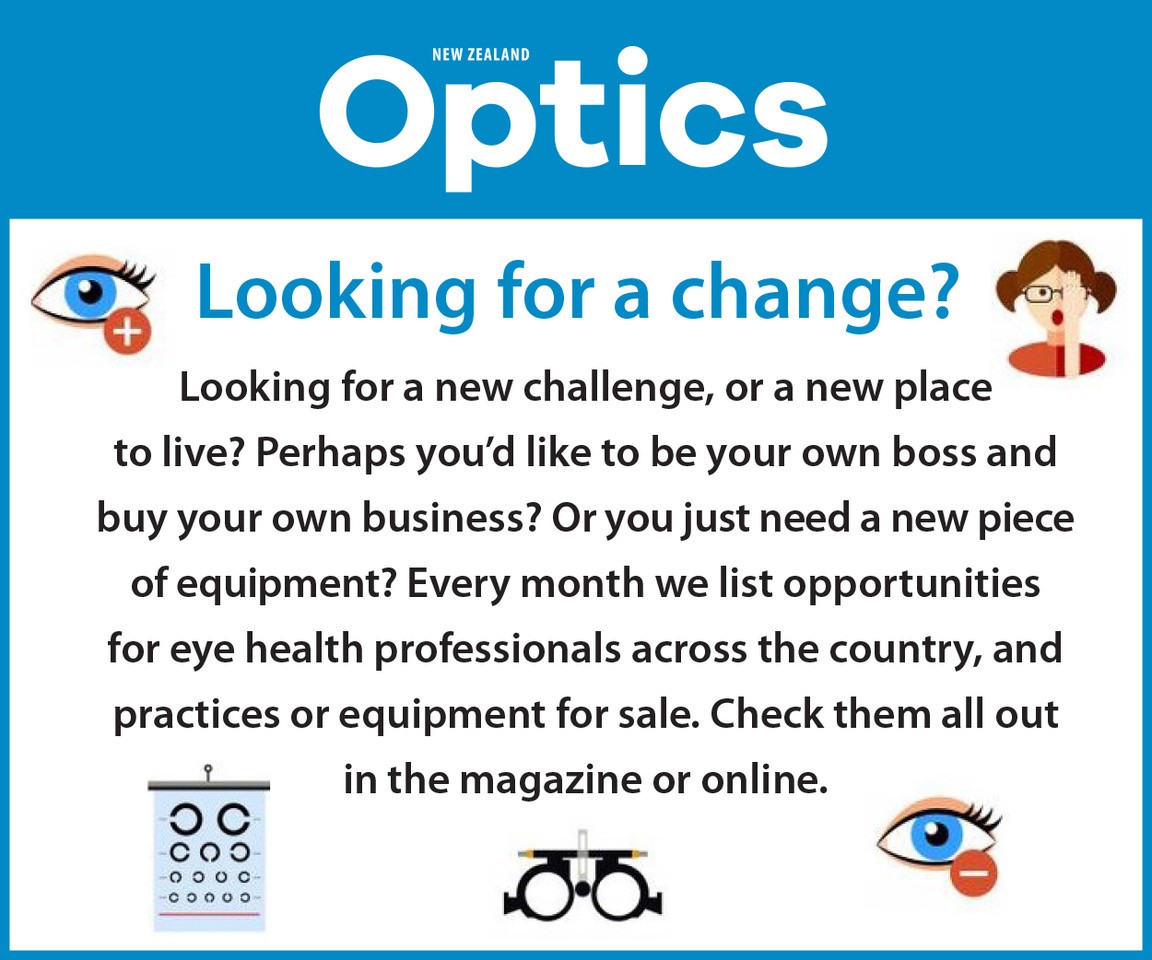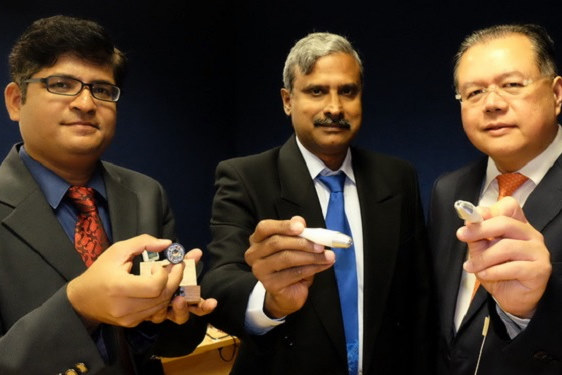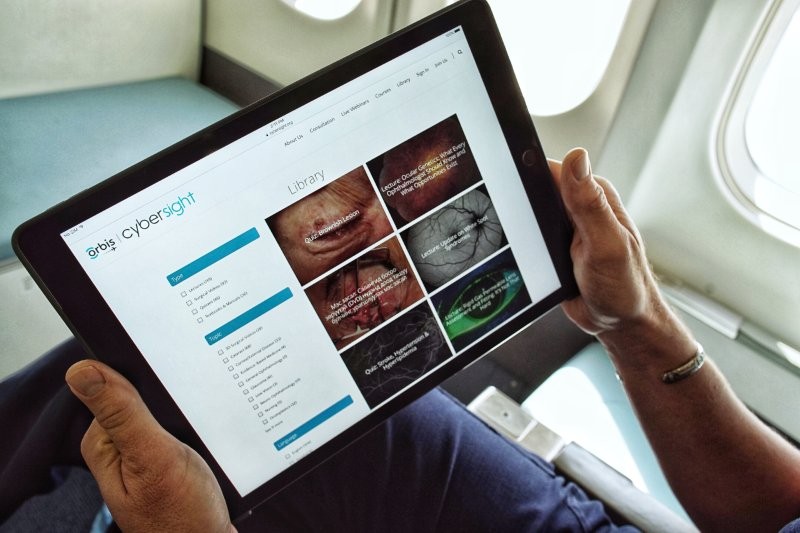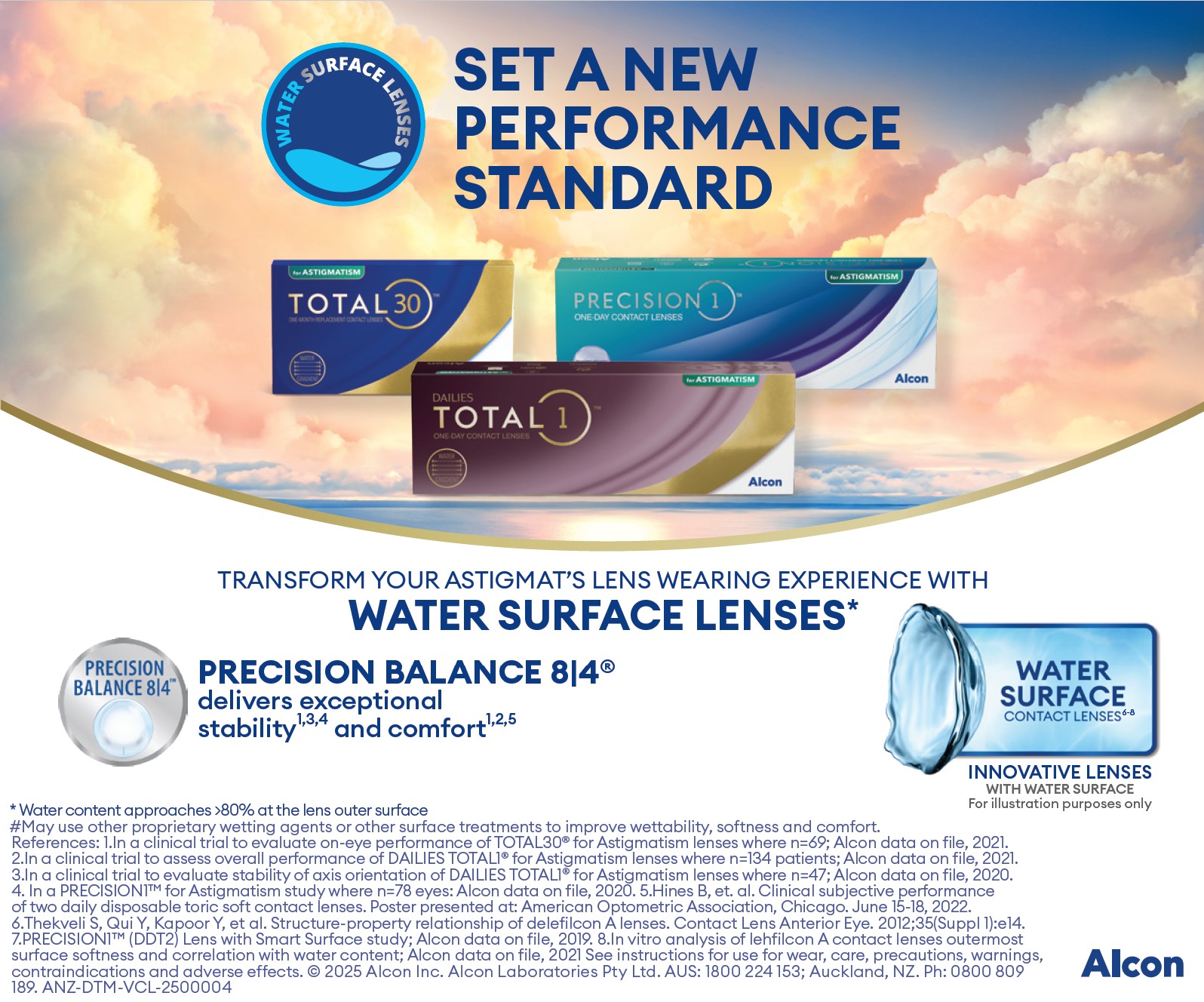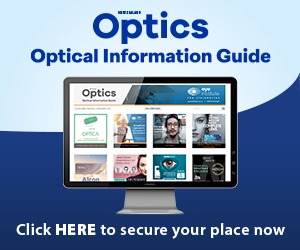Pen camera could simplify gonioscopy
Scientists in Singapore have invented a new 'pen camera' that makes it easier for doctors to diagnose patients with glaucoma.
Called the GonioPEN, the device could help tackle the eye disease by detecting the type of glaucoma faster and less expensively than using current methods. It causes negligible discomfort, unlike current gonioscopes, which must be pressed against the eyeball of the patient for doctors to look at the eye's drainage canal.
Built by a team at Nanyang Technological University, Singapore (NTU), led by Associate Professor Murukeshan Matham, the GonioPEN allows doctors or trained technicians to capture more detailed images of the eye drainage canal with minimal contact at the side of the cornea. Software is used to analyse the images, helping doctors and eye specialists with their diagnosis.
In a recent pilot study, all 20 patients found the GonioPEN more comfortable than the conventional hand-held lens used with a microscope.
As the current gonioscopy method takes up to 15 minutes to perform and requires a skilled specialist's expertise to diagnose the problem on the spot, it is not done in clinics as a routine, said Singapore Eye Research Institute’s (SERI’s) Assistant Professor Baskaran Mani, who collaborated on the research. As a result, half the patients in Singapore do not go through the test in clinics, leaving glaucoma largely undiagnosed there, he added.
The researchers said the GonioPEN circumvents these problems with its ability to capture, in just three minutes, high-resolution digital images of the eye from the side of the cornea. The images, which could be taken by a technician, are reviewed separately by the eye specialist, shortening the time the patient's eye needs to be under the microscope.
A/Prof Murukeshan added, "With the GonioPEN, a digital camera image of a higher resolution can now be stored for future reference and retrieved easily. A technician could perform the gonioscopy before a specialist reviews the images to give an in-depth diagnosis or a second opinion. Doctors can also better track the changes in their patients' condition over time.
"The GonioPEN's ease of use means it can be used by primary, secondary or private eye care physicians, while its compact size makes it portable for all healthcare set-ups. The cost is also kept low because a microscope is no longer required."
Patents have been filed for the camera, which is expected to cost around $5,000 and can be connected to a computer via a USB cable.









